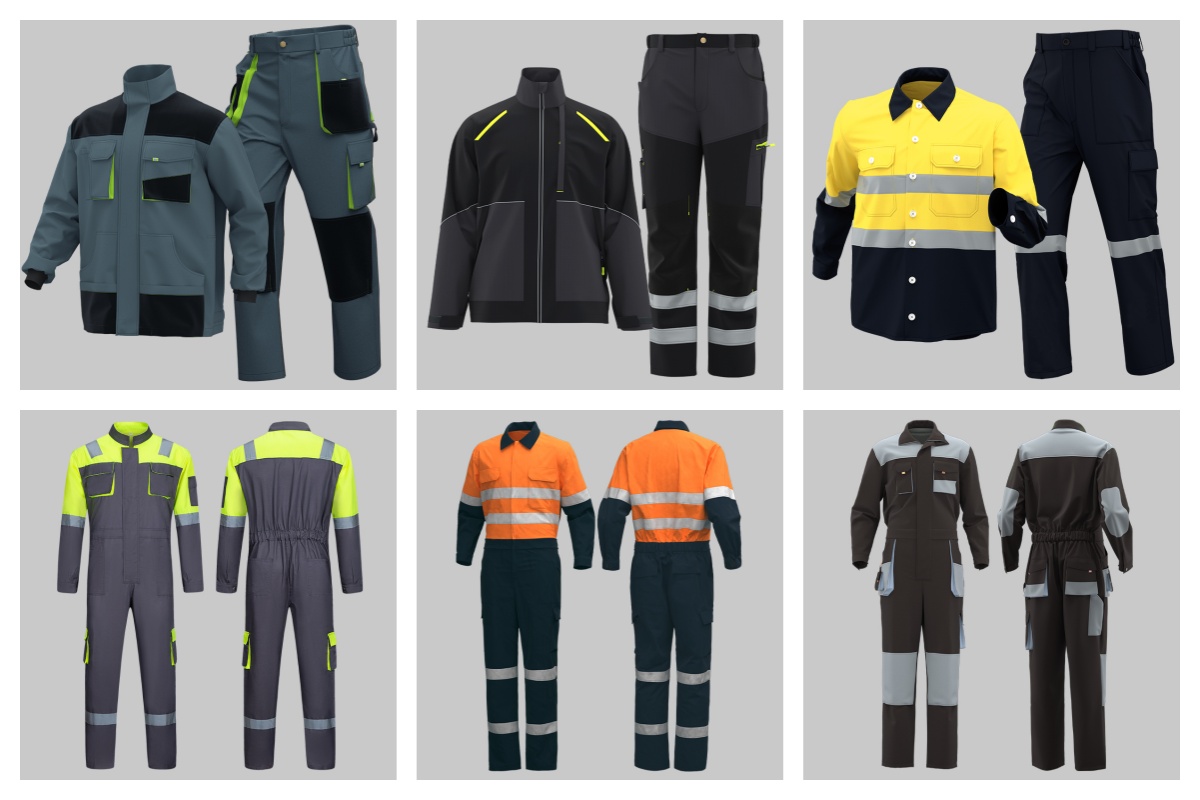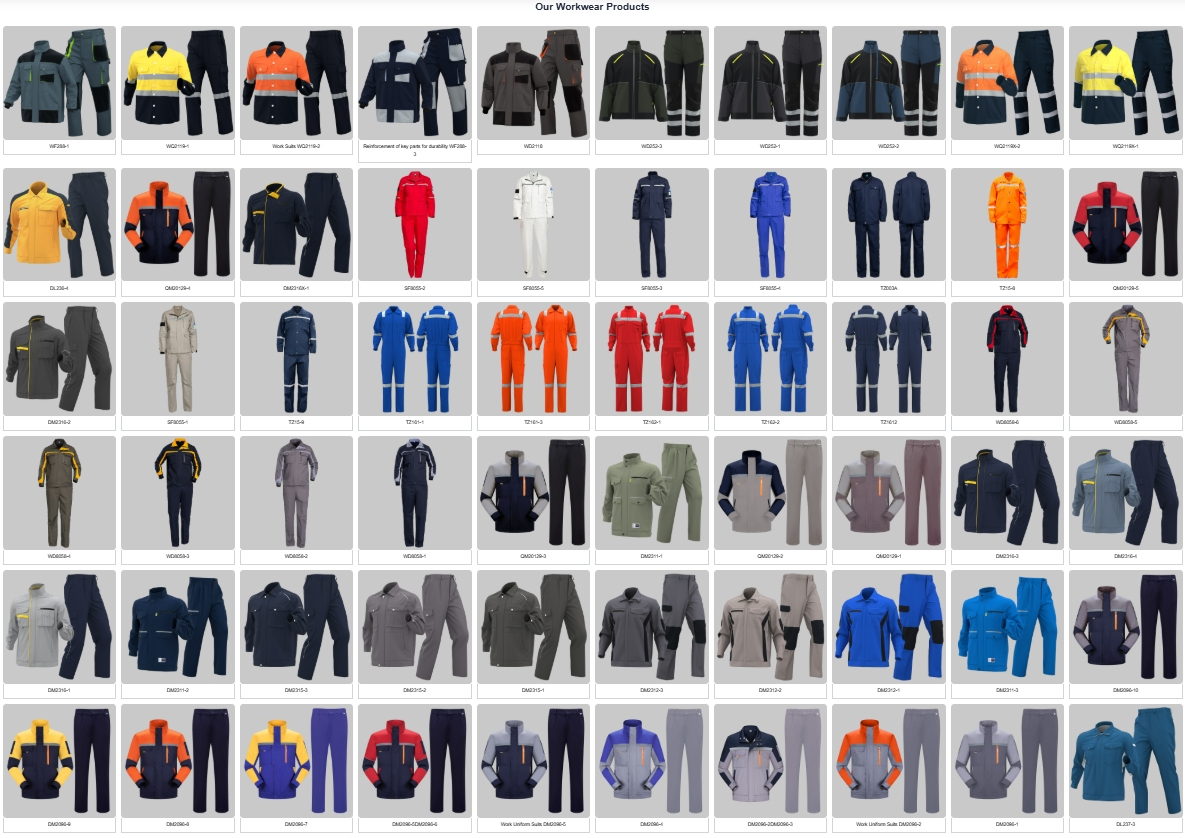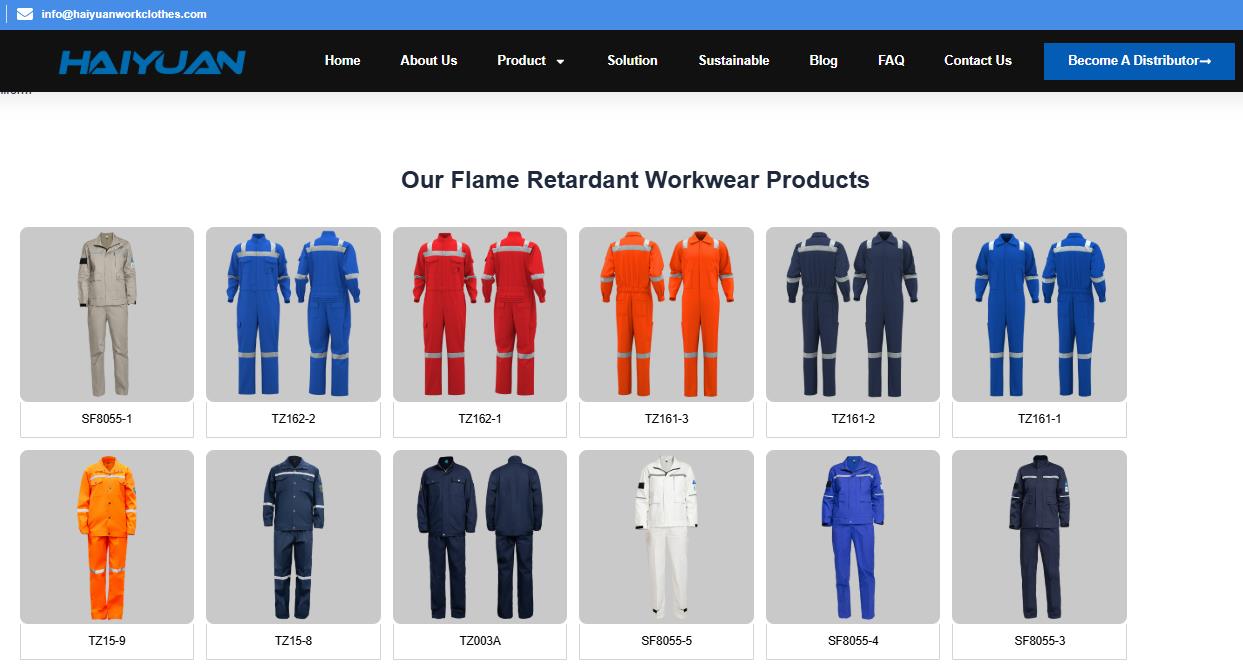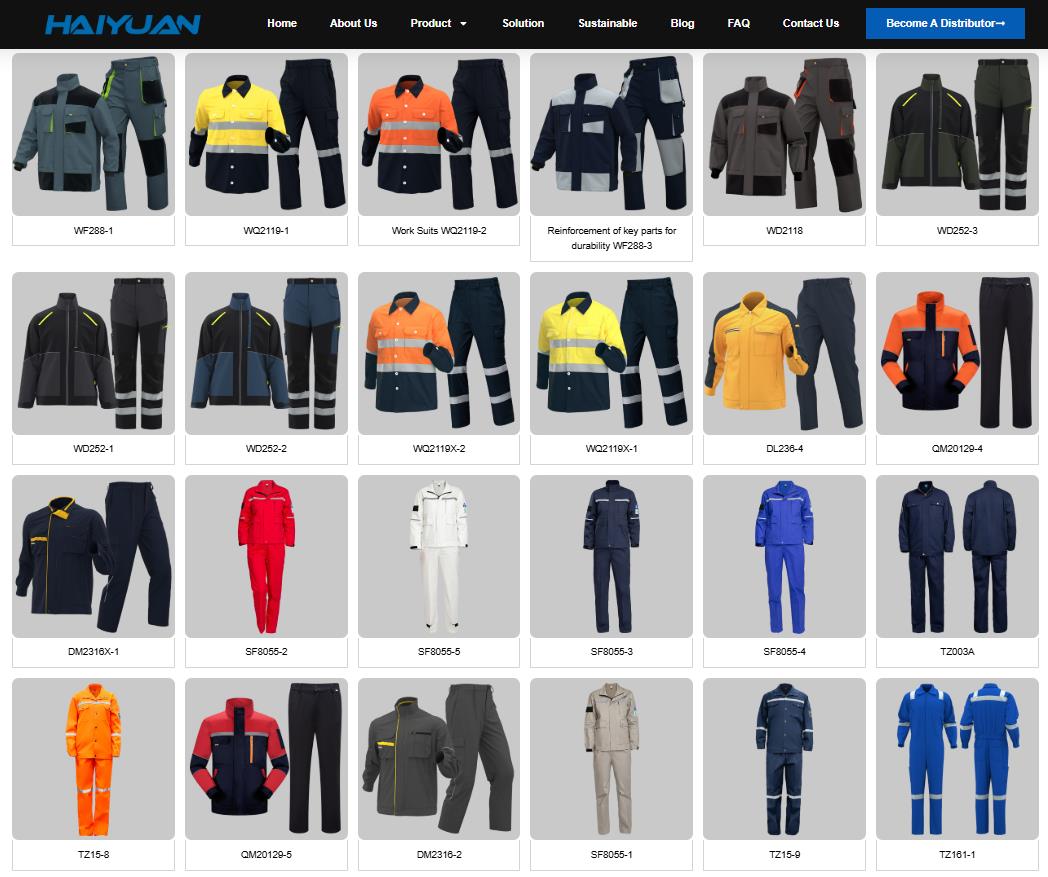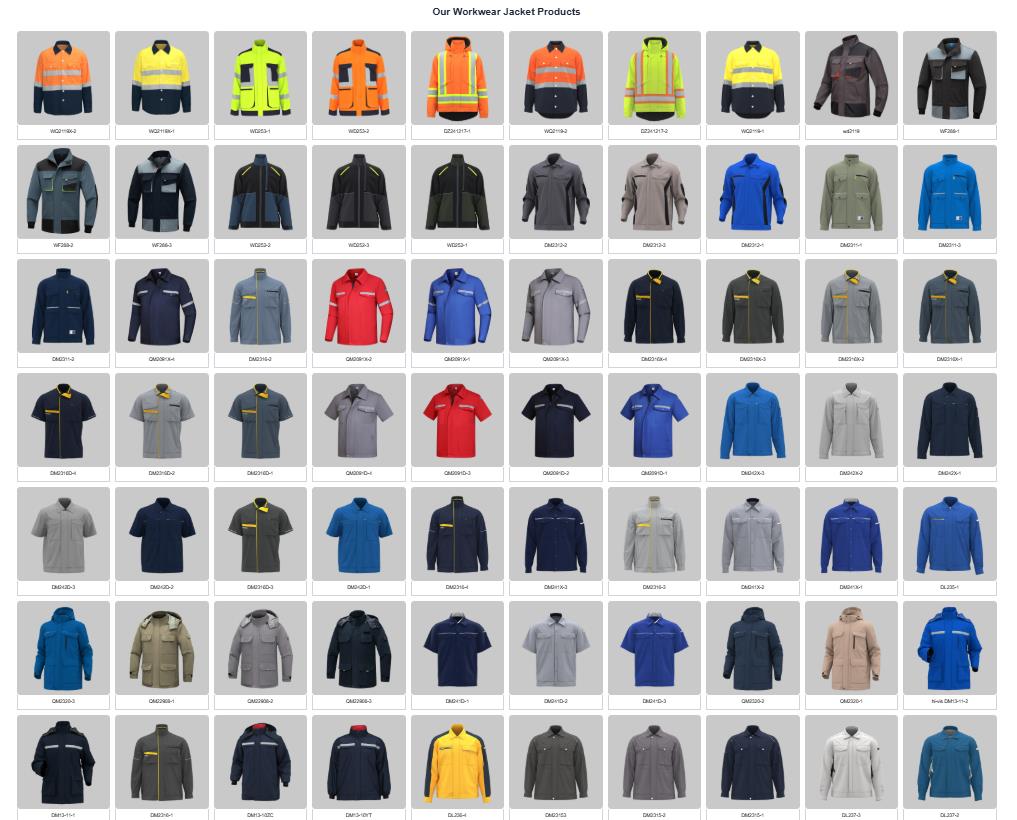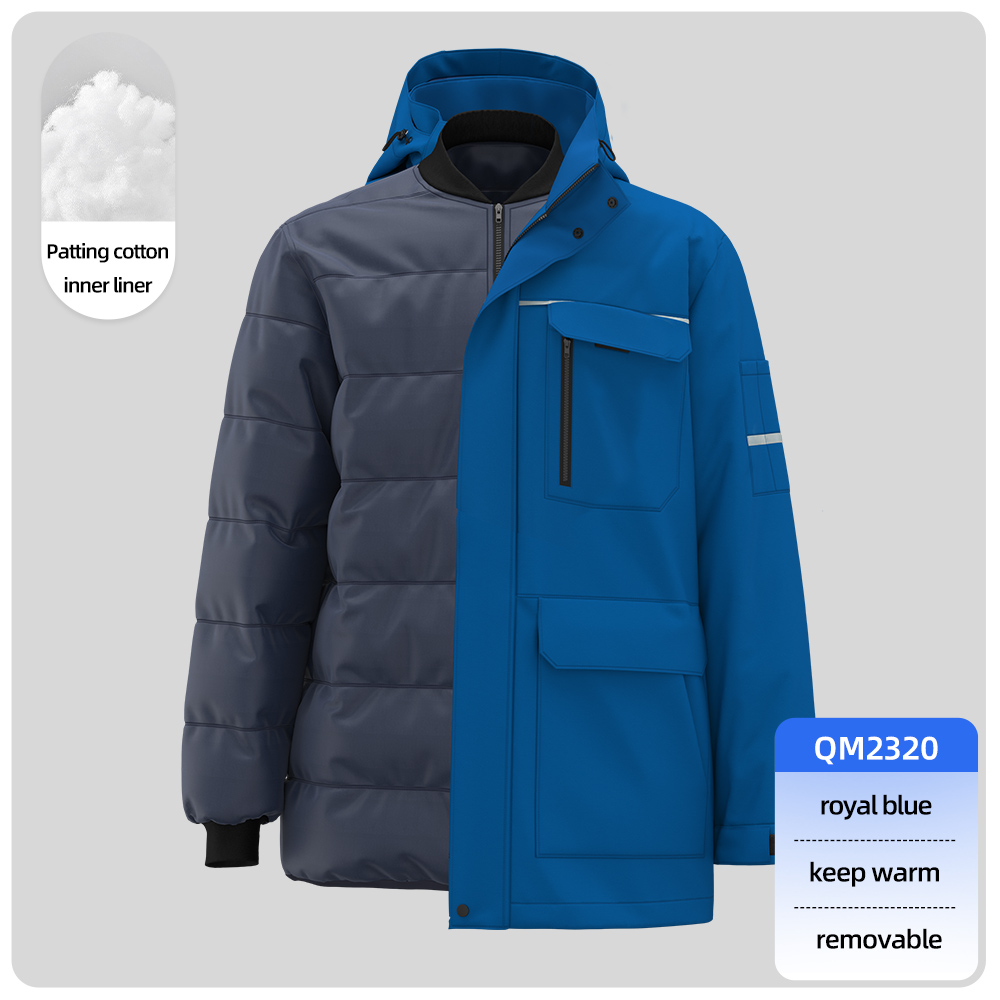“Work clothes” is the most general term, but what they’re called specifically often depends on the type of work and the required function. Here’s a breakdown of common terms:
-
Work Clothes / Workwear: These are the broadest, most common terms. They refer to clothing specifically designed or suitable for performing a job, especially jobs involving physical labor, dirt, or potential hazards.
-
Examples: Durable pants (like jeans or cargo pants), work shirts, coveralls, overalls, work boots, etc.
-
-
Uniforms: Clothing that is standardized and often provided by an employer to identify employees, promote a brand image, or ensure a specific appearance.
-
Protective Clothing / PPE (Personal Protective Equipment): Clothing specifically designed to protect the wearer from workplace hazards.
-
Examples: High-visibility vests/jackets, flame-resistant (FR) clothing, chemical-resistant suits, welding leathers, hard hats, safety glasses, steel-toe boots, cut-resistant gloves.
-
-
Business Attire / Office Wear / Professional Dress: Clothing suitable for office, administrative, or professional settings where a more formal or polished appearance is expected.
-
Examples: Suits, dress pants/skirts, blouses, button-down shirts, dress shoes, blazers. Levels vary (business formal, business casual, smart casual).
-
-
Scrubs: Specifically worn by medical professionals (doctors, nurses, veterinarians, dentists, etc.) and sometimes in labs or cleanrooms. Designed for hygiene, comfort, and ease of cleaning.
-
Coveralls / Overalls: One-piece garments worn over regular clothes to protect them from dirt, grime, chemicals, or paint. Common in mechanics, painting, farming, and some industrial jobs.
-
Trade-Specific Terms:
-
Chef’s Whites / Kitchen Uniform: The traditional jacket, pants, apron, and hat worn by chefs and cooks.
-
Riding Gear: Specific protective clothing for horseback riding (equestrian work).
-
Tactical Gear: Clothing and equipment worn by military, law enforcement, or security personnel.
-
Shop Coat / Lab Coat: Knee-length coats worn by mechanics, machinists, or scientists for protection.
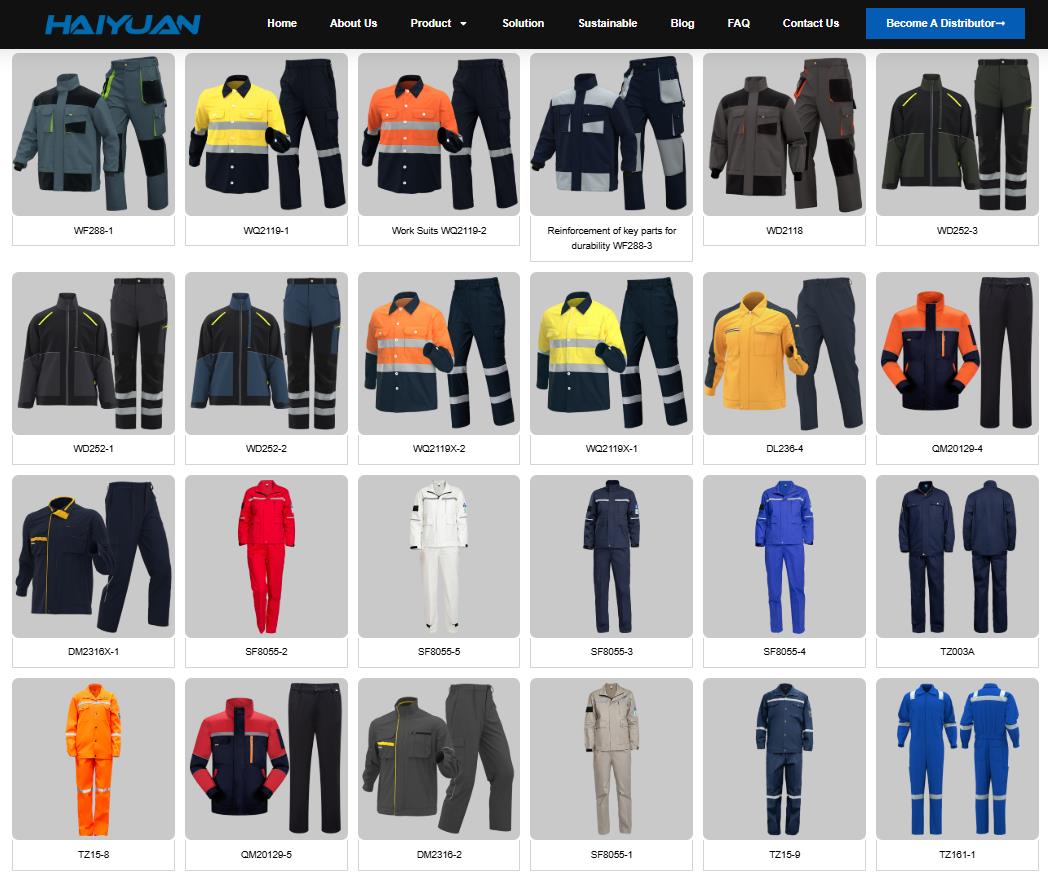
-
Key Factors Influencing the Name:
-
Industry: Construction, healthcare, hospitality, office, culinary, etc.
-
Function: Protection, identification, professionalism, hygiene.
-
Durability: Heavy-duty fabrics for labor vs. finer fabrics for offices.
-
Formality Level: From rugged workwear to formal business suits.
-
Employer Requirement: Whether it’s a mandated uniform or general guidelines.
In short:
-
If you mean clothes for physical labor or dirty jobs, “work clothes” or “workwear” is perfect.
-
If you mean clothes identifying a specific job or company, “uniform” is the term.
-
If you mean clothes designed for safety, “protective clothing” or “PPE”.
-
If you mean clothes for an office or professional setting, “business attire”, “office wear”, or “professional dress”.
-
If you mean clothes for medical professionals, “scrubs”.
Let me know if you have a specific type of work in mind, and I can give you the most precise term!

